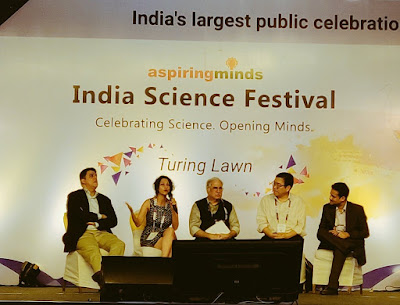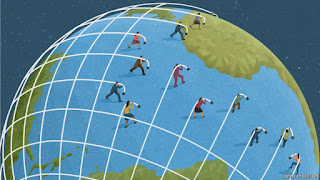Digital Crossroads Conference on Media, Migration & Diasporas in a Transnational Perspective
I recently attended and presented at my first Netherlands conference at the University of Utrecht on Media, Migration and Diasporas in a Transnational Perspective. It dawned on me that after three years of being in the Netherlands, I've not actually attended a local conference until now. Partly its because I believed somehow that these linkages within and between universities in the Netherlands would happen organically since its such a densely knit and small country. Ironically, I believe now that because of these factors, these linkages are far weaker as the Dutch tend to reach out rather than within to build networks across Europe and beyond. So its not a coincidence that this 'local' conference was deeply international as it was the culmination of a grant project entitled “Wired Up: Digital media as innovative socialization practices for migrant youth”, carried out by the Faculty of Humanities (project leader Dr. Sandra Ponzanesi) and the Faculty of Social Sciences (project leader Prof. Dr. Mariette de Haan) at Utrecht University in collaboration with Vanderbilt University, USA (Dr. Kevin Leander, Peabody College for Education).
The concept of 'migration' here is heavily influenced by Appadurai's construct of the flows and disjunctures between people, places and ideas. Some interesting discussions and questions followed, particularly as social sciences are placing the "e" before a range of socio-cultural and political issues and domains such as e-Diasporas, bringing to the fore the legitimate question of to what extent is this field transforming with its digitalization? Are 'Diasporas' a construct imposed online as group formations and communities are formed across transnational settings or should we be looking at different kinds of lens such as cosmopolitanism to understand these social practices? Undoubtedly, there were several case studies especially amongst asylum seekers and minorities that emphasized the alternative and more fluid characteristic of SNS spaces, facilitating the integration of these marginalized communities in their material surrounding. Of course one should not negate the fact that within SNS, there are strong hierarchies that dictate the process of socializing and membership within their communities but even with this criteria, it still appears to allow for more mobility than in real world settings. What was particularly fascinating was the reminder that in spite of the lack of physicality within online forums, the participants embody and manifest discourses that subscribe to the body form such as racial, ethnic and gender slurs. These were seen as social bonding mechanisms for the 'core' community, at once excluding and including. Overall, an illuminating experience.




Comments
Post a Comment